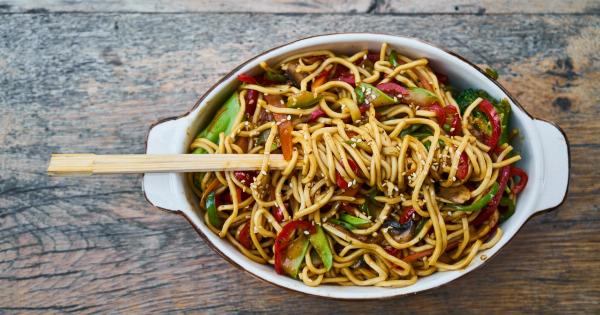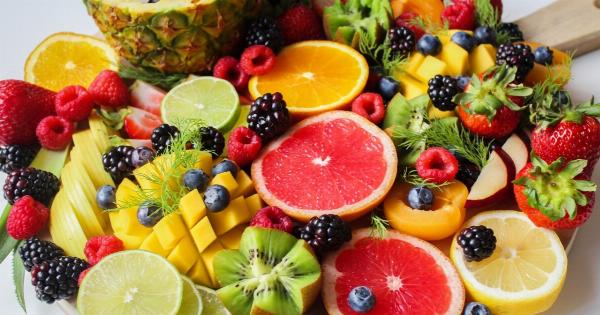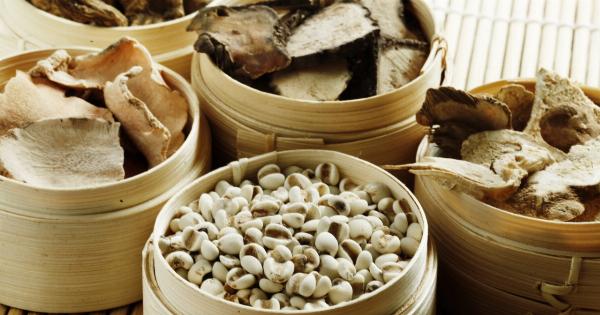Fiber is an essential part of a healthy diet and can provide numerous benefits for our overall well-being. There are two main types of dietary fiber – soluble and insoluble fiber.
Both types have unique characteristics and play different roles in promoting good health. In this article, we will explore what soluble and insoluble fiber are, their sources, and how to incorporate them into our daily diet.
Understanding Soluble Fiber
Soluble fiber dissolves in water and forms a gel-like substance in the digestive system. This type of fiber is known for its ability to absorb water and slow down digestion. Some of the key benefits of consuming soluble fiber include:.
- Regulating blood sugar levels
- Lowering cholesterol levels
- Improving heart health
- Promoting a healthy gut
Sources of Soluble Fiber
Common sources of soluble fiber include:.
- Oats and oatmeal
- Barley
- Lentils and beans
- Chia seeds
- Citrus fruits
- Apples
Utilizing Soluble Fiber in Your Diet
Here are some tips to help you incorporate more soluble fiber into your daily diet:.
- Start your day with a bowl of oatmeal topped with fresh fruits.
- Include beans and lentils in your soups, stews, and salads.
- Add chia seeds to your smoothies, yogurt, or oatmeal.
- Snack on fresh fruits like apples, oranges, or berries.
Understanding Insoluble Fiber
Unlike soluble fiber, insoluble fiber does not dissolve in water. Instead, it adds bulk to the stool and helps promote regular bowel movements. Key benefits of consuming insoluble fiber include:.
- Preventing constipation
- Improving digestion
- Supporting a healthy weight
- Reducing the risk of colon cancer
Sources of Insoluble Fiber
Here are some common sources of insoluble fiber:.
- Whole grains (such as whole wheat, brown rice, and quinoa)
- Cereals
- Nuts and seeds
- Vegetables (especially with skins and stalks)
- Fruit peels
Utilizing Insoluble Fiber in Your Diet
To increase your intake of insoluble fiber, you can:.
- Choose whole grain options for bread, pasta, and cereal.
- Add nuts and seeds to your salads or yogurt.
- Include a variety of vegetables in your meals, making sure to keep the skins and stalks intact.
- Munch on raw fruits with their peels, such as apples and pears.
Combining Soluble and Insoluble Fiber
While both types of fiber offer distinct benefits, it’s essential to consume a combination of soluble and insoluble fiber for optimal health.
Incorporating a variety of fiber-rich foods into your diet will ensure you reap the benefits of both types:.
- Enjoy a balanced breakfast that includes oats, fresh fruit, and nuts.
- Add legumes like beans, lentils, and chickpeas to your lunch or dinner.
- Opt for whole grain options whenever possible, such as whole wheat bread or brown rice.
- Snack on a handful of nuts and seeds to boost your fiber intake.
- Include a variety of fruits and vegetables in your meals, both with and without peels or skins.
Conclusion
Fiber is an essential component of a healthy diet and contributes to various aspects of our well-being. Soluble fiber helps regulate blood sugar and cholesterol levels while promoting heart health and a healthy gut.
Insoluble fiber supports regular bowel movements, digestion, and weight management. By incorporating a balance of soluble and insoluble fiber-rich foods into our daily diet, we can enjoy the benefits of both types of fiber and support our overall health and well-being.





























